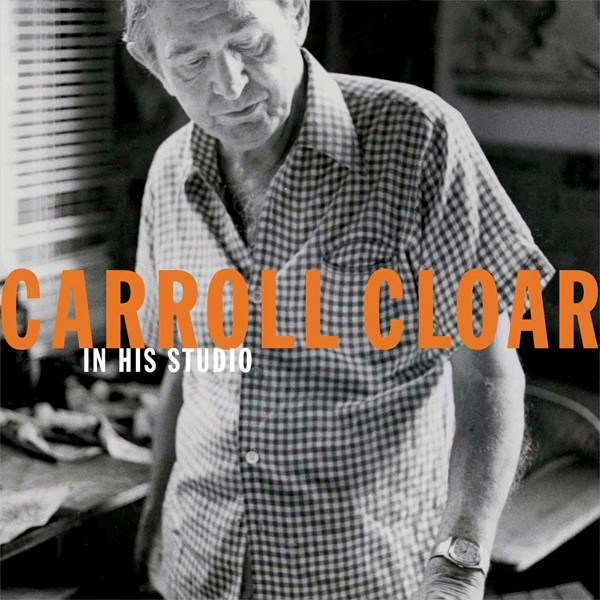In the last interview he gave before his death in 1993 at age 90, Carroll Cloar shared a childhood memory with WMC’s Joe Birch. The celebrated painter and longtime professor at the Memphis College of Art talked about a pet chicken that ate out of his hand and perched on his shoulder until one terrible night when it accidentally ended up on the dinner table. Cloar says he was devastated and hid under his family’s house for hours crying and swearing he’d never love anything as much as he loved that bird. That wasn’t true, of course, as he later admitted: “I recovered and loved three women and three cats in my lifetime. Two women left and the three cats died, but the third woman has been here 20 years.” The third woman, his wife Pat Cloar, will visit David Lusk Gallery Saturday, December 6th, to sign copies of a new book produced by the Art Museum at the University of Memphis (AMUM) titled Carroll Cloar: In His Studio.
Cloar was a complicated artist from Earle, Arkansas, who employed realism, surrealism, magical realism, expressionism, and something like pointillism, often all at once.

In 2013, to celebrate the artist’s centennial, several regional museums teamed up for a multi-exhibit event called “The Summer of Cloar.” The most personal and surprising of these shows was produced by AMUM, where recordings of the artist’s voice played near the reassembled, newspaper-collaged walls of the artist’s studio. Carroll Cloar: In His Studio juxtaposes the artist’s words with drawings, photographs, and images lifted from the studio, documenting the AMUM show, which also showcased a seldom-seen group of mid-20th-century lithographs.